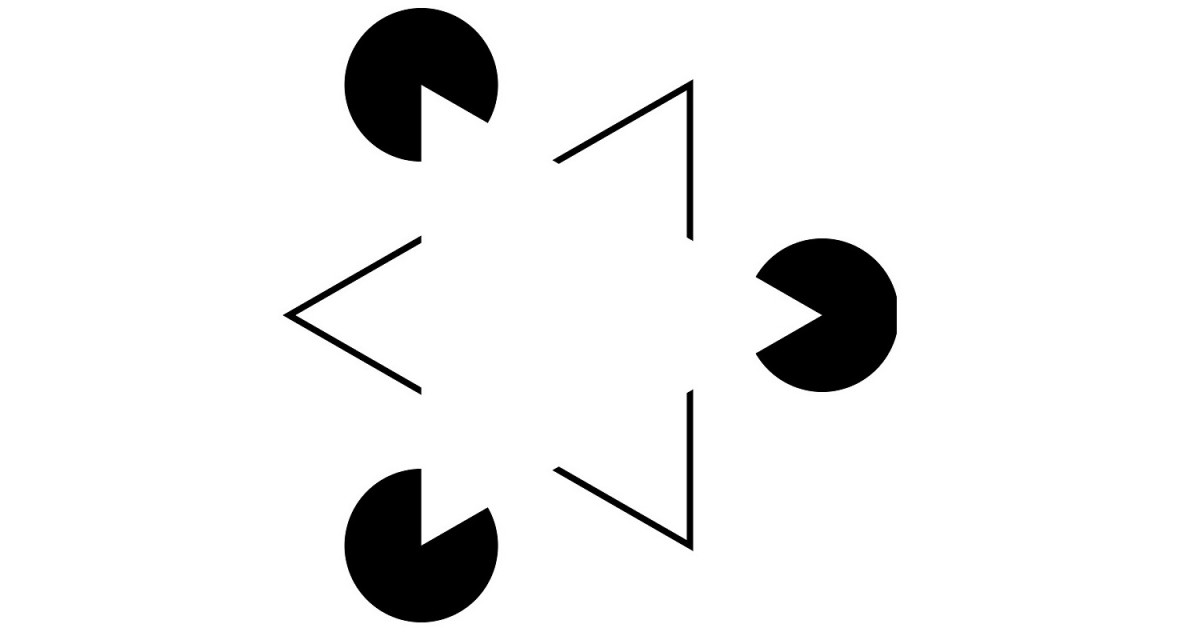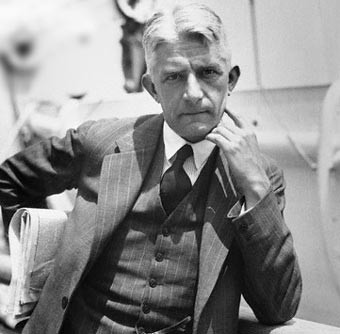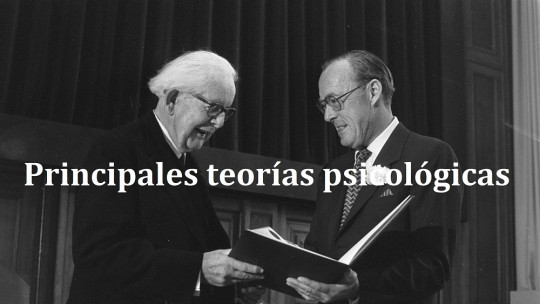The Gestalt theory It is a concept that will surely sound familiar to you if you are one of those people who are curious about the world of psychology. It is a theory widely used today in psychotherapy and problem solving, but it has also become popular for being one of the most attractive psychological approaches for those people who believe that the way a human being is, behaves and feels cannot be reduced only to what is directly observable or measurable
However, if you have read anything about Gestalt theory you will also know that it is not famous for being easily summarized in a single sentence. Their philosophical foundations and laws about our way of perceiving things are rooted in years and years of research, and their formulations about the human mind are not always intuitive.
That is why to understand Gestalt theory well, a small change of mentality is necessary, and there is nothing better to achieve this than learn in what direction their approach is oriented and what their principles are
Gestalt theory and its humanist influences
The Gestalt psychology It can be framed within the broader framework of humanistic psychology, since it places emphasis on the subjective experiences of each person, gives importance to positive aspects of psychology such as self-realization and the search for correct decisions, and works with a conception of the human being as an agent capable of developing freely and autonomously.
This means that it does not focus on the negative aspects of the mind, as occurs with certain types of psychoanalysis, nor does it limit its object of study to the observable behavior of people, as happens in behaviorism.
A little history about Gestalt
Gestalt theory appeared in Germany at the beginning of the 20th century. as a reaction to behavioral psychology which rejected the consideration of subjective states of consciousness when investigating people’s behavior and emphasized the effects that the family context, and by extension social and cultural, has on us Unlike behaviorists, researchers who subscribed to Gestalt theory were basically concerned with studying mental processes that at that time were considered something fundamentally invisible, as there were no tools to gain a good understanding of what was happening in the brain.
In this way, Gestalt theory brings us closer to a conception of the human being characterized by its active role when perceiving reality and making decisions. According to the Gestaltists, We all create more or less coherent images in our minds about ourselves and what surrounds us and these images are not the simple union of the sequences of information that reach us through our senses, but they are something more.
Constructing reality and interpreting it
The German word Gestaltwhich is often translated into Spanish as “form,” represents this process by which we build frameworks of perception of reality : All people interpret reality and make decisions about it based on these mental “forms” or “figures” that we create without realizing it. Gestalt theory focuses on giving explanations about our way of perceiving things and making decisions based on the “forms” we create.
Gestalt theory and the concept of “form”
Some schools of psychology consider that the mental representations that are created in our consciousness are the sum of pieces of image, sound, touch and memory. In this way, the set of these information packages that arrive from the senses would be added together in our brain and from this superposition of units what we experience would appear.
Gestalt theory, however, denies that there is a perceptual “whole” that is composed of the set of data that reaches our body On the contrary, he proposes that what we experience is more than the sum of its parts, and that therefore it exists as a whole, a figure that can only be considered whole. So, what happens is that the globality of our mental “forms” imposes itself on what comes to us through the senses, and not the other way around.
According to this approach, we learn about what surrounds us not by adding the set of pieces of information that reach us through the senses, but from the “figures” that are created in our mind. For example, from the Gestalt theory that is used in Gestalt therapy created by Fritz Perls (which is not exactly the same as Gestalt psychology, older than this), forms of psychotherapy are proposed in which The objective is for the patient to understand certain problems in a global sense that is different from what you did before and that allows you to develop your potential.
Thus, according to Gestalt theory, people would not be recipients of various sensations, but rather our minds would be composed of different totalities. For gestaltists, it is not necessary to focus on the pieces of which our mental figures about anything seem to be made up of in order to solve a conflict or adopt a more useful mentality, but rather what we must try to achieve is a structural understanding new of what is happening.

Examples to understand the idea of ”form”
An example of this can be found in the films Despite being a succession of photographs that pass quickly, we perceive them as something very different: a sequence of moving images
Although this quality (movement) is not present in the different images, what we experience is a globality that does have this property. From the perspective of Gestalt theory, this is because we create global shapes about the reality that surrounds us, instead of limiting ourselves to passively receiving information that comes from everywhere and reacting accordingly.
The same is clearly manifested when we see those optical illusions in which two or more superimposed images appear but we are not able to see more than one at a time: the globality of the figure seems to take over our senses.
The Gestalt laws

Within Gestalt theory, laws have been formulated that explain the principles by which, depending on the context in which we find ourselves, we perceive certain things and not others. These are the Gestalt laws, which were initially proposed by the psychologist Max Wertheimer whose ideas were developed and reinforced by Wolfgang Köhler (pictured) and Kurt Koffka
The most important law that gives us a better idea about the logic that governs the generation of perceptions as a whole is law of good form according to which what we perceive with greater accuracy and speed are those forms that are more complete but, at the same time, simpler or symmetrical.
More Gestalt laws and principles
Other laws of Gestalt theory are:
What are these “forms” like according to Gestalt theory?
Since the forms are a totality, they cannot be reduced to a single meaning. That means that for gestaltists a mental image is not really a visual image , like the one that can be produced by projecting light on a retina, but it is something more. So much so that, for followers of Gestalt theory, Gestalt laws are applicable not only to what is perceived through sight, although they are normally exemplified only with drawings and icons. It is not difficult to imagine examples in which Gestalt laws seem to apply to all types of perceptions.
In short, Gestalt theory offers us a psychological approach in which the person has an active role constructing units of meaning about his experiences and that, in addition, he is capable of restructuring his mental “forms” to adopt more useful points of view and better guide both his decision making and his objectives.
Fritz Perls and Gestalt Therapy
Fritz Perls according to the majority of Gestalt psychology postulates, developed his own therapy: Gestalt Therapy . We invite you to get to know them through these two articles:









